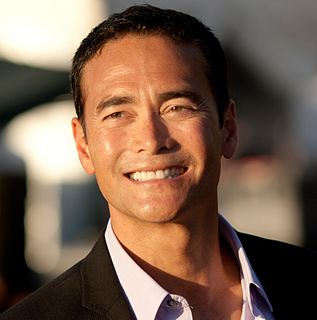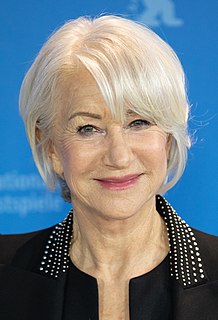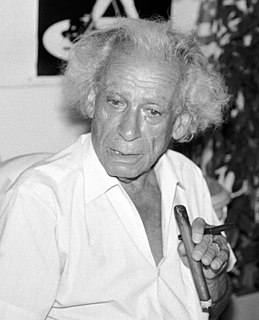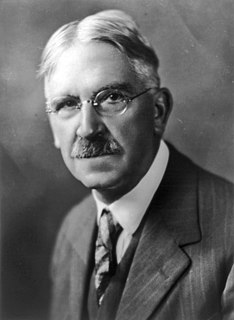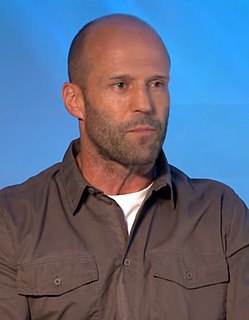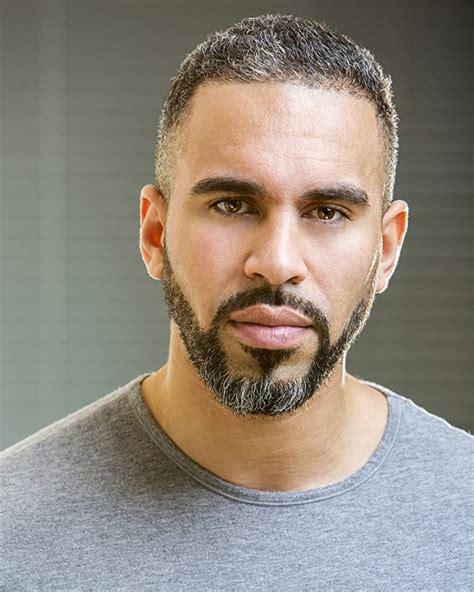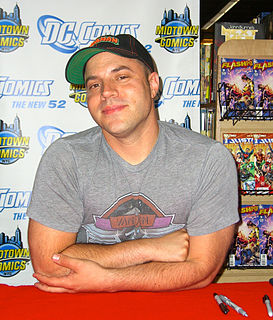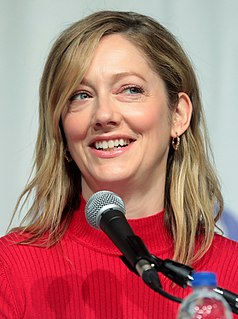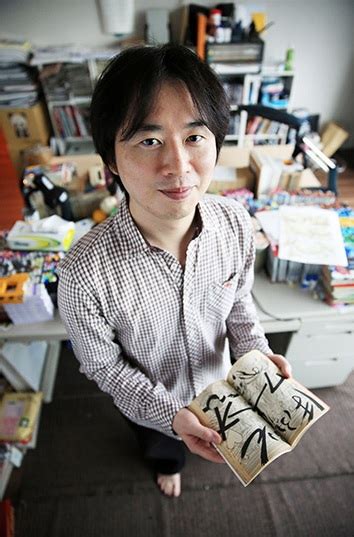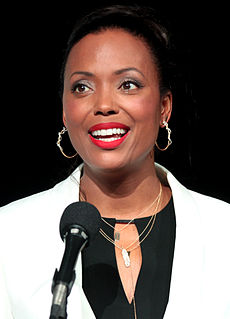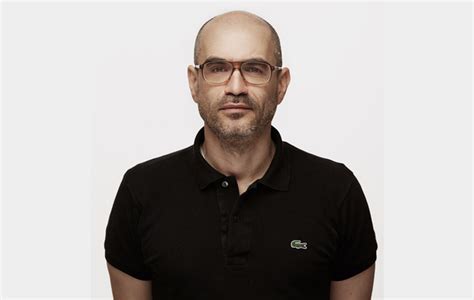A Quote by Doug Liman
Normally, the action is just a gratuitous thing. In the case of Bourne, he was going to learn about himself in the action scenes.
Related Quotes
I'm such an action movie junkie that as an action fan, because action scenes are so heightened, we could never really picture ourselves in that scene. So when you're watching an action movie, you experience an action movie more outside of the aquarium: you know you're out of the aquarium looking in at all the swimming fish that are in there.
[Action's] a Western thing. We think of the hero going into battle, rebelling against a government or an oppressor, but [in KUNDUN] action is nonaction or what appears to be nonaction. That's a hard concept for Western audiences. . . . We wanted to show a kind of moral action, a spiritual action, an emotional action. Some people will pick up on it; some won't.
A lot of fans are complaining nowadays of too much shaky cam in action scenes and not being able to see what is going on, but I don't want to disappoint people. I'm a huge admirer of action and I'm very passionate about it. I do believe that a lot of action could be done so much better in general, so I'm a real advocator for pushing things forward in that sense and giving the fans what they want.
My favorite thing to do is action-driven, emotionally-charged scenes. If it's not just two people talking in a room, but it's on the move and things are happening and it's chaotic, and emotion comes from the characters and from the action, and the fall-out ultimately changes the character relationships, that exactly the kind of stuff I like writing.
That and when you're doing live action you don't normally get to see the thing before it's in production. In this case we'd go in every couple weeks and look at animatic and sketches. The way they do it - is they'll put it up on a screen and the storyboard artist who worked on that sequence will talk you through it. Kind of like a pitch session. Then they would leave and we would sit there with the directors and say 'Alright - what if we change that? What if we do that?' It's very different from live action.

